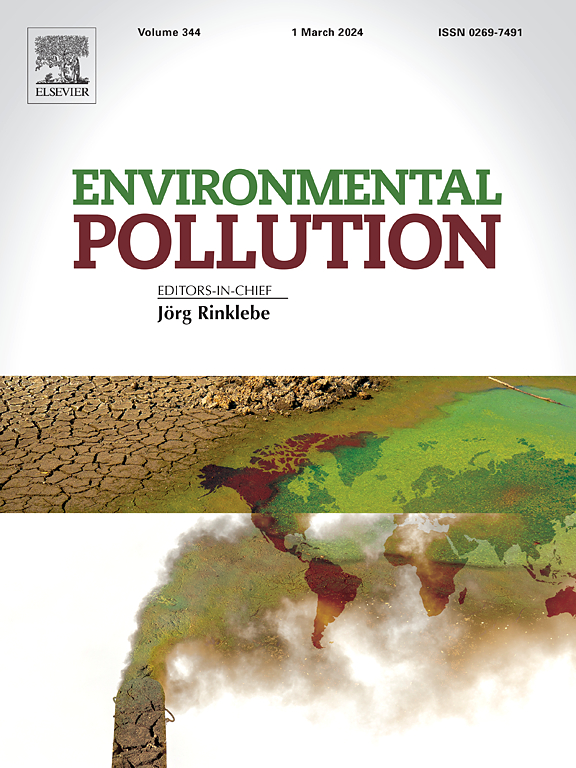The role of atmospheric volatile organic compounds (VOCs) in ozone formation around China's largest plywood manufacturer
IF 7.6
2区 环境科学与生态学
Q1 ENVIRONMENTAL SCIENCES
引用次数: 0
Abstract
The volatile organic compounds (VOCs) are a dominant contributor to the formation of ozone (O3) in Linyi, the plywood capital of China. However, the temporal variations and source origins of VOCs in Linyi remain unclear. This study gathered ambient air samples (n = 214) from the urban center of Linyi during the period April to October of 2021–2023. The total volatile organic compounds (TVOCs) concentrations ranged from 28 ppbv to 32 ppbv with oxygenated volatile organic compounds (OVOCs) taking the large portion (50.76 %) of TVOCs, followed by alkanes (28.11 %), aromatics (13.71 %), alkenes (6.66 %), and alkynes (0.76 %). The OVOCs (44.10 %) were the dominant contributors to ozone formation potential (OFP). Formaldehyde, an OVOC and particular pollutant from plywood industries contributed the most to OFP (∼21.60 %). The average concentration of TVOCs in 2022 was the lowest (28.61 ± 10.76 ppbv), with VOCs species, such as isobutane and propane having the lowest concentrations in 2022 (p < 0.05), reflecting a decrease in transportation activity due to the impacts of pandemic lockdowns. Concentrations of OVOCs were annually increasing because of the annual growth of plywood yield. The TVOCs and OVOCs levels were significantly correlated to O3 levels (p < 0.01). The concentrations of TVOCs and OVOCs as well as O3 were highest in June and September (p < 0.05), when the temperature and the degree of photochemical reactions were high. The source apportionment analysis found that plywood industries were the main source (32.90 %) of TVOCs, followed by liquefied petroleum gas (LPG, 21.32 %). Trajectory statistical models (TSM) analysis suggested that Linyi is greatly affected by regional transport from the southwest (31.63 %). This study provides new insights into the mitigation and management of VOCs and O3 pollution in plywood industry cities.


求助全文
约1分钟内获得全文
求助全文
来源期刊

Environmental Pollution
环境科学-环境科学
CiteScore
16.00
自引率
6.70%
发文量
2082
审稿时长
2.9 months
期刊介绍:
Environmental Pollution is an international peer-reviewed journal that publishes high-quality research papers and review articles covering all aspects of environmental pollution and its impacts on ecosystems and human health.
Subject areas include, but are not limited to:
• Sources and occurrences of pollutants that are clearly defined and measured in environmental compartments, food and food-related items, and human bodies;
• Interlinks between contaminant exposure and biological, ecological, and human health effects, including those of climate change;
• Contaminants of emerging concerns (including but not limited to antibiotic resistant microorganisms or genes, microplastics/nanoplastics, electronic wastes, light, and noise) and/or their biological, ecological, or human health effects;
• Laboratory and field studies on the remediation/mitigation of environmental pollution via new techniques and with clear links to biological, ecological, or human health effects;
• Modeling of pollution processes, patterns, or trends that is of clear environmental and/or human health interest;
• New techniques that measure and examine environmental occurrences, transport, behavior, and effects of pollutants within the environment or the laboratory, provided that they can be clearly used to address problems within regional or global environmental compartments.
 求助内容:
求助内容: 应助结果提醒方式:
应助结果提醒方式:


